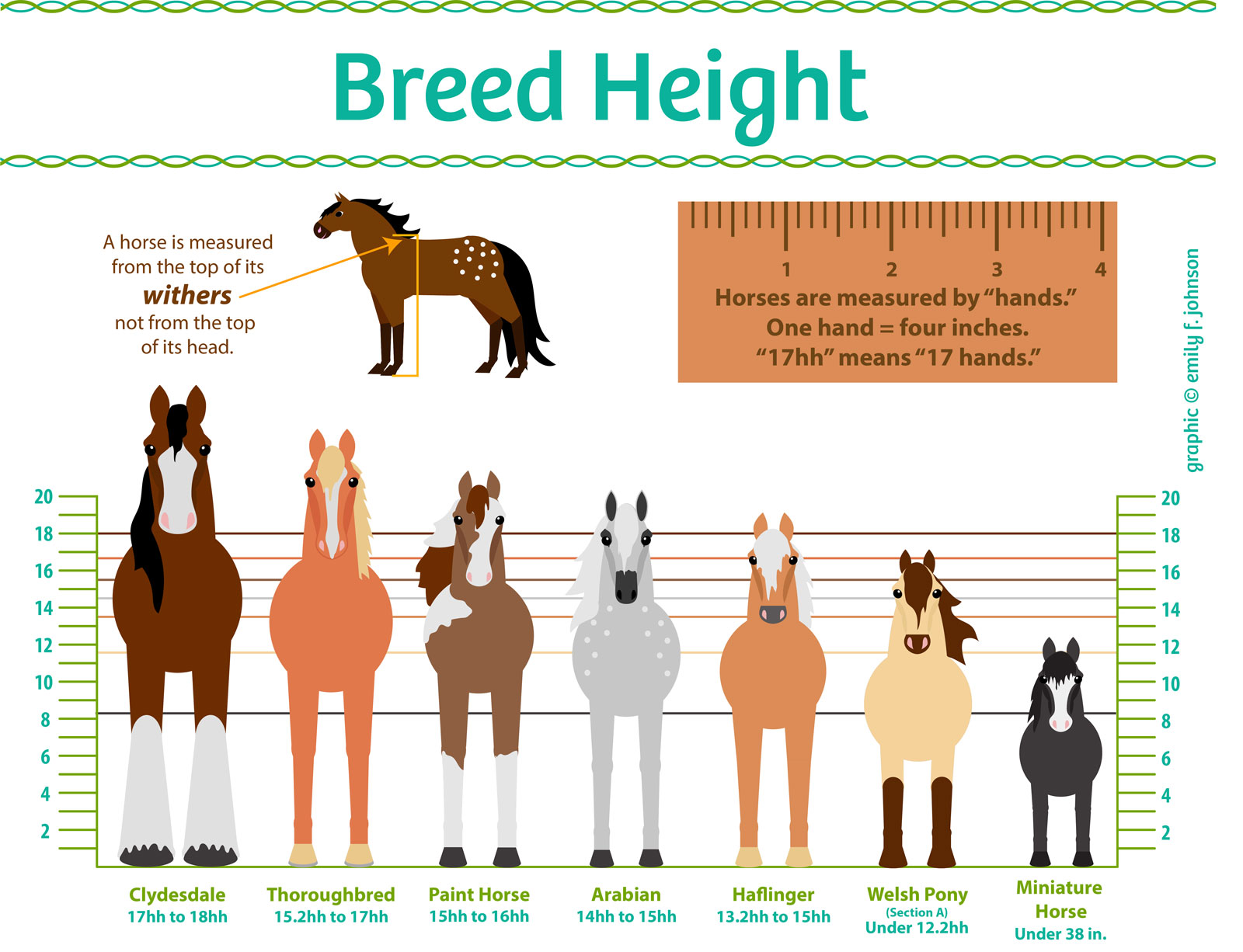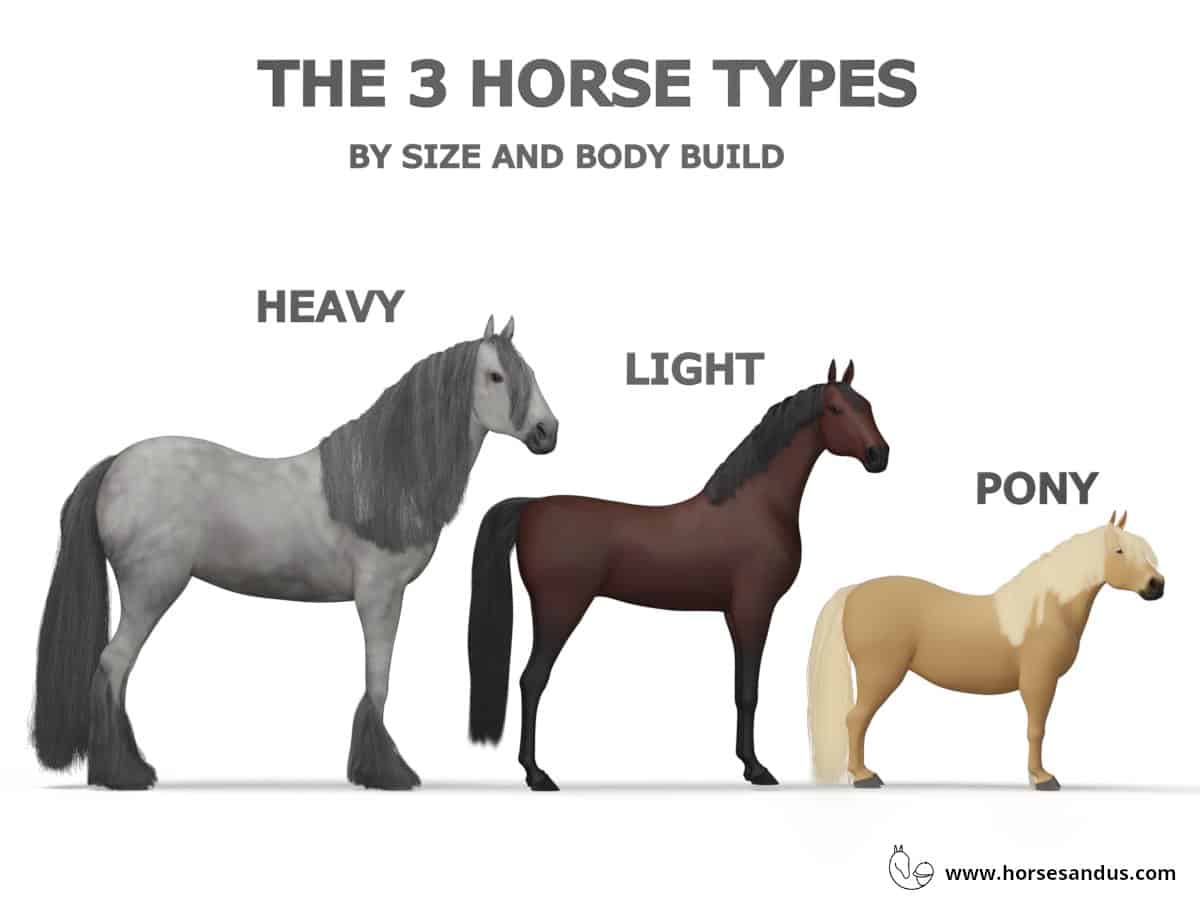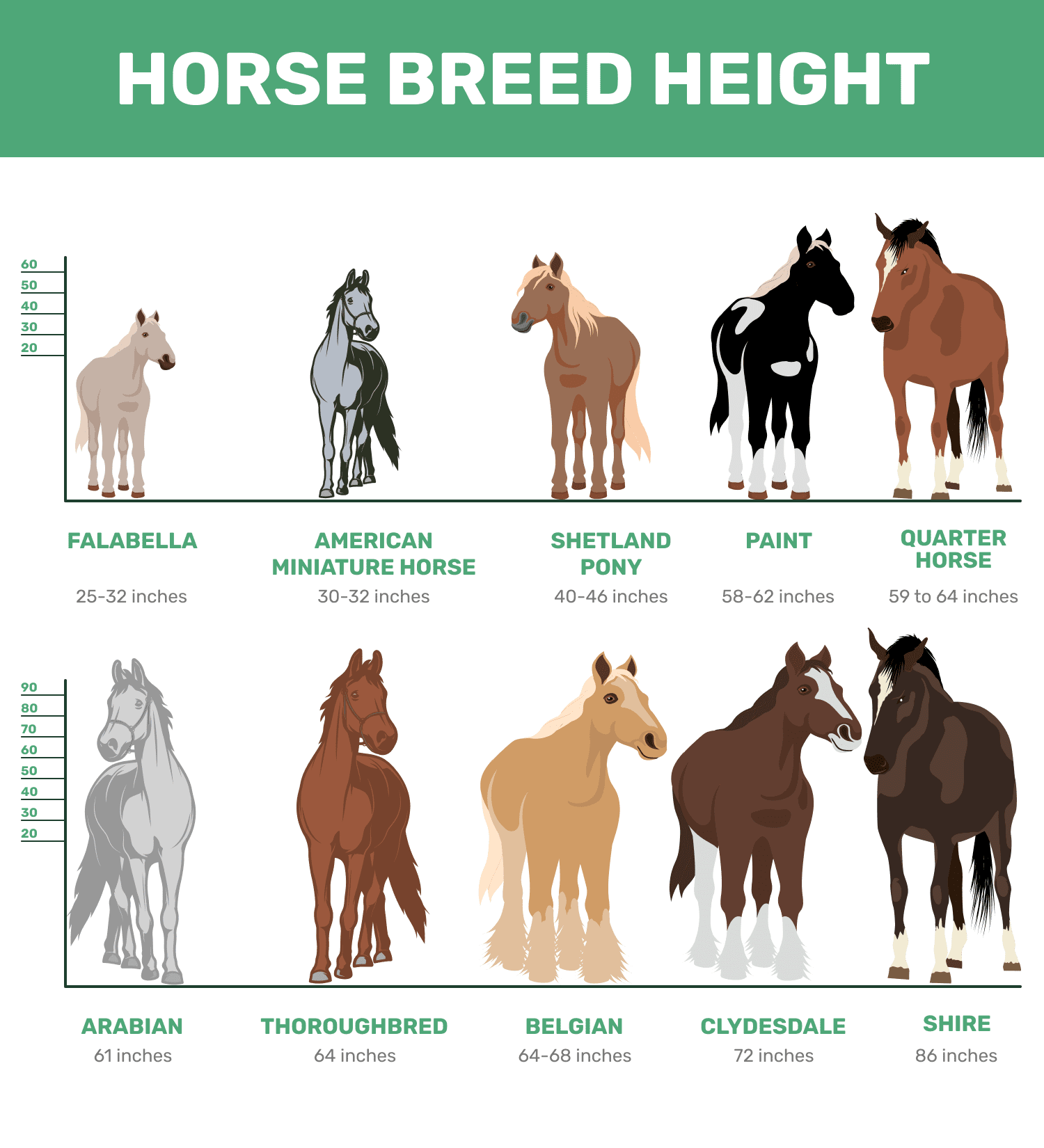Horses have been a part of human history for thousands of years and come in a variety of shapes and sizes. One of the most common questions asked by horse enthusiasts is, “How big is a horse in inches?” Understanding the size of a horse in inches can be helpful for various reasons, whether it’s for selecting the right equipment, estimating their weight, or simply satisfying one’s curiosity. In this article, we will delve into the measurements and dimensions of horses, shedding light on the fascinating world of these majestic creatures.
Understanding Horse Measurements

When it comes to measuring the size of a horse, there are several key dimensions to consider. The most common measurements include height at the withers, commonly referred to as “hands,” as well as length and weight. For the purpose of this article, we will focus primarily on the measurement of a horse’s height in inches and how it is determined.
Height at the Withers
The height of a horse is typically measured at the highest point of its withers, which are the highest part of the back, located at the base of the neck. This measurement is expressed in “hands,” with one hand equaling four inches. For example, a horse that stands 60 inches at the withers would be considered 15 hands tall. Understanding this measurement system is crucial for assessing the size of a horse and choosing the appropriate size of equipment, such as saddles and bridles.
Factors Affecting Height
The height of a horse can be influenced by various factors, including breed, genetics, nutrition, and overall health. Different horse breeds have distinct average heights, with some being known for their larger stature, while others are more petite. Additionally, genetics play a significant role in determining a horse’s height, as they inherit their size traits from their parents. Proper nutrition and healthcare also contribute to a horse reaching its full potential height, as malnourishment or health issues can stunt their growth.
Popular Horse Breeds and Their Heights

Thoroughbred
Thoroughbreds are renowned for their speed and agility, often used in racing and other competitive equestrian sports. On average, a Thoroughbred horse stands between 15 and 17 hands tall, with some exceptional individuals reaching heights beyond this range.
Quarter Horse
The Quarter Horse is a versatile and popular breed known for its strength and athleticism. These horses typically range in height from 14 to 16 hands, with variations based on individual genetics and breeding lines.
Arabian
Arabian horses are celebrated for their endurance and distinctive appearance. They are generally smaller in stature, standing between 14 and 15.2 hands tall, with a compact and elegant build.
Warmblood
Warmblood horses are prized for their versatility and suitability for various equestrian disciplines. They often range from 15.2 to 17 hands in height, with some individuals exceeding these averages.
Draft Horse
Draft horses, known for their strength and heavy build, are among the largest horse breeds. They can stand anywhere from 16 to 19 hands tall, showcasing their imposing size and impressive strength.
Measuring a Horse in Inches

Using a Measuring Stick
The most accurate way to measure a horse’s height in inches is by using a measuring stick specifically designed for this purpose. Measuring sticks are marked in both hands and inches, allowing for precise measurements. To measure a horse, the stick is placed vertically next to the withers, and the height is read off the stick, providing an accurate representation of the horse’s size in inches.
Alternative Methods
In the absence of a measuring stick, alternative methods can be used to estimate a horse’s height in inches. These methods include using a tape measure or a string to gauge the height at the withers and then converting the measurement to inches based on the hand-to-inch ratio.
The Importance of Knowing a Horse’s Size

Understanding a horse’s size in inches is essential for various aspects of horse care and management. It directly impacts the selection of appropriate equipment, such as saddles, bridles, and blankets, ensuring a proper fit and comfort for the horse. Additionally, knowing a horse’s size is crucial for estimating their weight, which is important for determining feeding regimens and monitoring their overall health.
Equipment Selection
Selecting the right size of equipment is vital for the comfort and well-being of the horse. Ill-fitting saddles or bridles can cause discomfort and even physical issues for the horse, highlighting the importance of accurate measurements when choosing these items.
Weight Estimation
A horse’s size in inches can provide a rough estimate of their weight, which is valuable for determining appropriate feeding plans and monitoring their nutritional needs. While it is not a precise measurement, knowing the horse’s size allows for a general understanding of their weight range.
Interested in learning more about horses and their measurements? Check out our articles on how tall a quarter horse is, the size of a horse, and what 20 hands on a horse means for fascinating insights into the world of equine dimensions!
Conclusion

In conclusion, the size of a horse in inches, particularly its height at the withers, plays a significant role in various aspects of horse care and management. By understanding the measurements and dimensions of horses, individuals can ensure the proper selection of equipment, estimate their weight, and appreciate the unique characteristics of different horse breeds. Whether it’s a graceful Arabian or a powerful Draft Horse, the dimensions of these majestic creatures continue to captivate and inspire horse enthusiasts around the world.



